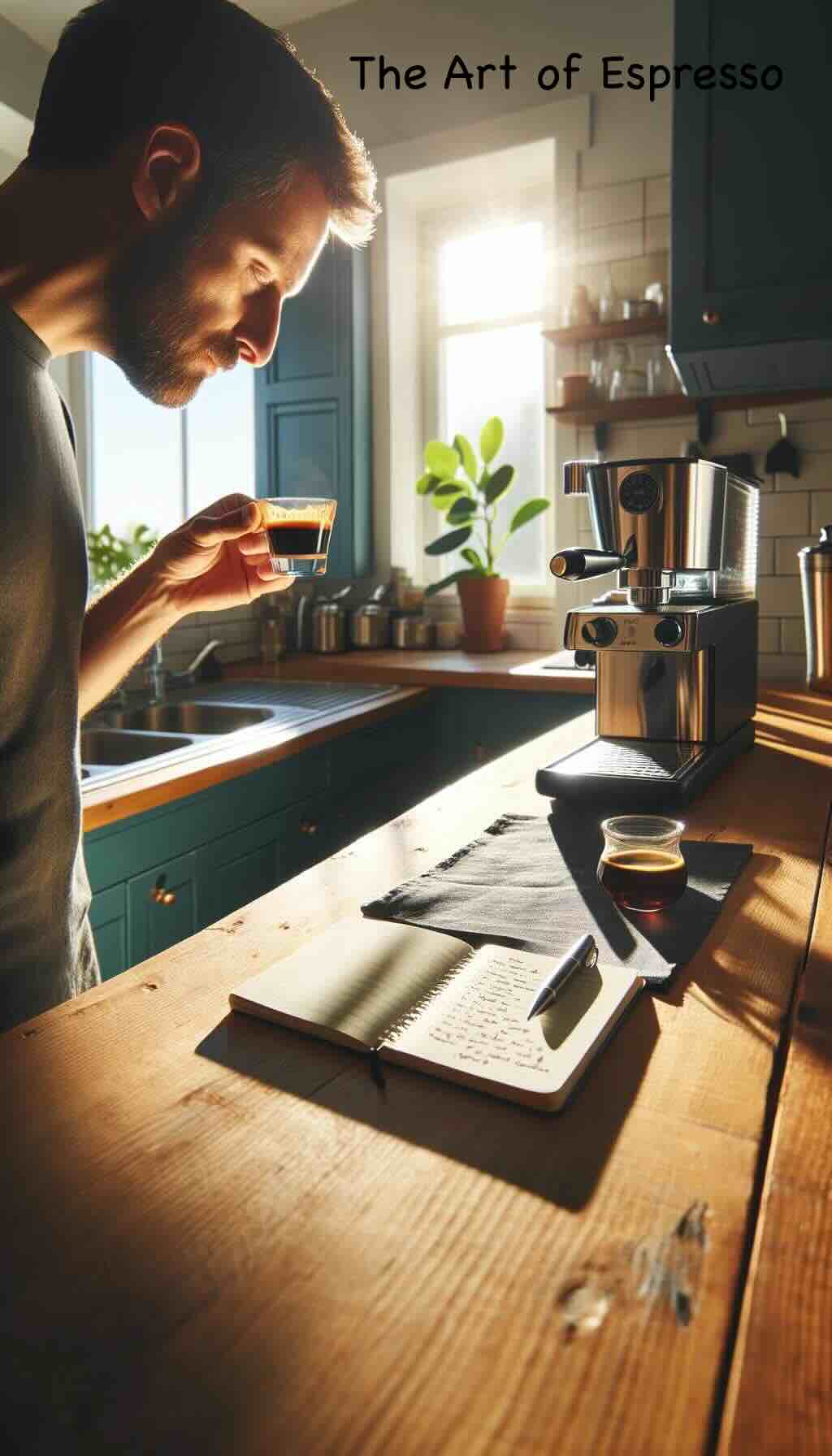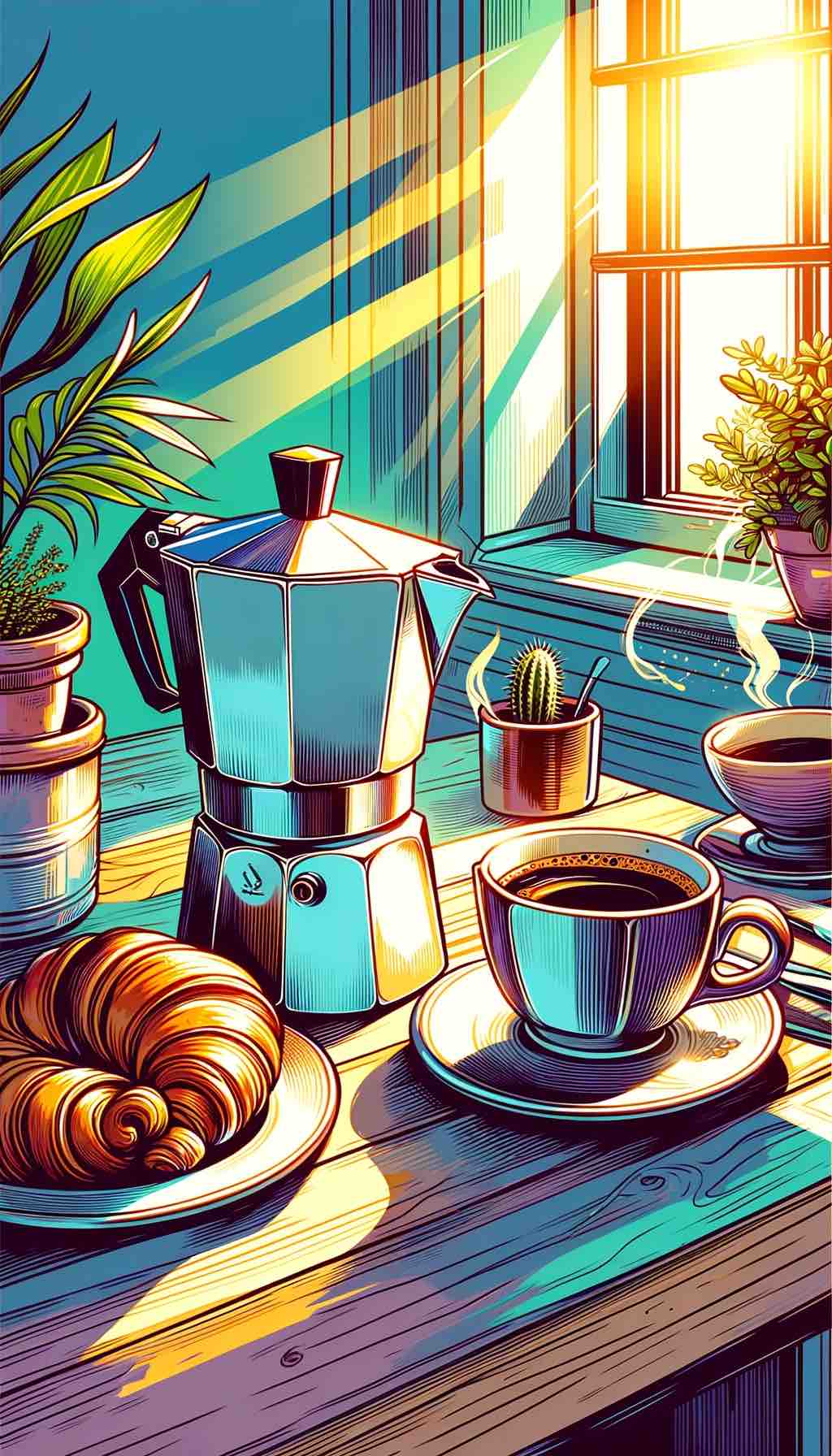
In the world of coffee, espresso reigns supreme. Its rich aroma, intense flavor, and velvety texture make it a favourite among coffee aficionados. But what’s the secret behind a perfect shot of espresso? The answer lies not just in the quality of the beans but in the art of grinding them. Let’s dive deep into the world of espresso grinding, uncovering the nuances that transform good coffee into an exquisite espresso experience.
Understanding Espresso Grind Size
The foundation of a stellar espresso begins with the grind size. Too fine, and you risk over-extraction, leading to a bitter taste; too coarse, and under-extraction makes your espresso weak and sour. Achieving the ideal grind size, resembling fine sand, is crucial. It allows the hot water to extract the coffee flavors efficiently, delivering a shot with the perfect balance of sweetness, acidity, and bitterness.
Choosing Your Weapon: Burr Grinders
When it comes to grinding for espresso, all grinders are not created equal. Burr grinders are the champions of consistency, offering uniform grind sizes essential for espresso. Unlike blade grinders, which chop beans unevenly, burr grinders crush them to a uniform size, ensuring even extraction. Whether you opt for a flat or conical burr grinder, the key is to choose a model that allows fine adjustments tailored to your espresso machine.
The Dial-In Dance
Mastering espresso requires patience and precision, especially during the dial-in process. This involves adjusting your grinder to find the sweet spot where the espresso flows like warm honey and tastes like heaven. Start with a recommended setting and adjust based on the shot time: aim for a 25-30 second extraction for a standard double shot. If it’s too fast, grind finer; if too slow, grind coarser. Remember, even a slight adjustment can significantly impact the flavor.
Freshness is Non-Negotiable
Coffee begins to lose its flavor moments after grinding, so for the freshest, most flavorful espresso, grind your beans just before brewing. This preserves the oils and aromas that give espresso its character, ensuring each cup is vibrant and full-bodied. Investing in a good quality grinder makes this step seamless, integrating freshness into your daily routine.
Beyond the Grind: Water, Pressure, and Temperature
While grind size is paramount, other factors play critical roles in espresso perfection. Water quality, extraction pressure, and temperature must harmonize with your grind. Soft water, a pressure of 9 bars, and a temperature around 200°F (93°C) are ideal starting points, but experimentation is key. The magic of espresso lies in its complexity; each variable opens new doors to flavor profiles and experiences.
Troubleshooting Tips
Espresso too bitter? Your grind may be too fine, or you’re over-extracting. Try a slightly coarser grind or shorten the extraction time.
Espresso too sour? This usually means under-extraction. Go for a finer grind or extend your extraction time to fully capture the beans’ flavors.
Inconsistent shots? Check your grinder for wear and tear. Even the best grinders need maintenance and occasional burr replacement.
Embracing the Journey
Mastering the grind for the perfect espresso is both an art and a science. It requires understanding, patience, and a willingness to experiment. But the reward—a sublime cup of espresso that awakens the senses and delights the soul—is worth every effort.
As you embark on this journey, remember that each adjustment, each tasting, brings you closer to espresso nirvana. So, embrace the process, trust your palate, and let the adventure begin. After all, in the world of espresso, perfection is a moving target, and the pursuit is as enriching as the destination.
10 FAQs for “The Art of Espresso: Mastering the Perfect Grind”
What is the ideal grind size for espresso?
The ideal grind size for espresso is very fine, similar to table salt or sand, to ensure optimal extraction and a rich, full-bodied shot.
Why is a burr grinder recommended over a blade grinder for espresso?
Burr grinders provide consistent, uniform grind sizes essential for espresso, whereas blade grinders often produce uneven grinds leading to poor extraction.
How do I dial in my espresso grinder?
Start with the grinder’s recommended espresso setting, then adjust finer or coarser based on extraction time: aim for 25-30 seconds for a double shot. Tweak until the espresso tastes balanced.
How fresh should my coffee beans be for making espresso?
Use coffee beans within two weeks of roasting for the best flavor and aroma. Grind beans just before brewing to maintain freshness.
Can the water quality affect my espresso?
Yes, water quality significantly impacts espresso taste. Use filtered or bottled water with a balanced mineral content for the best results.
What temperature should water be for brewing espresso?
The ideal water temperature for brewing espresso is around 200°F (93°C), crucial for proper extraction without burning the coffee.
What should I do if my espresso tastes bitter?
Bitterness often indicates over-extraction. Try a slightly coarser grind or reduce the brewing time.
Why does my espresso taste sour?
Sourness typically signifies under-extraction. Use a finer grind or increase the brewing time to extract more flavors.
How often should I clean my espresso grinder?
Clean your grinder at least once a month to remove coffee residue and oil buildup, which can affect taste and grinder performance.
Can I use regular coffee beans for espresso?
Yes, but beans labelled as “espresso” are typically roasted to optimise the rich and complex flavors desired in an espresso shot.
Blog Tags
espresso grinding, burr grinders, coffee freshness, water quality, extraction techniques, taste adjustments, grinder maintenance, bean selection, brewing temperature










